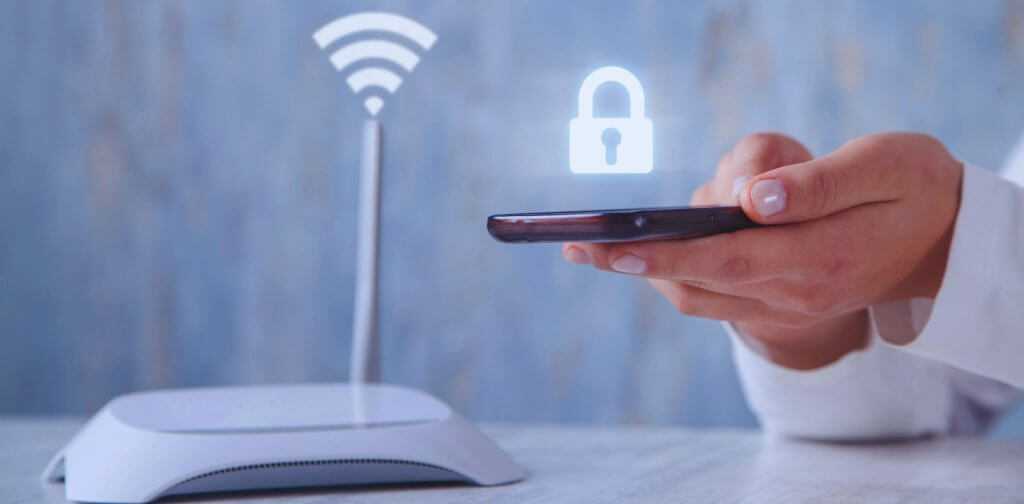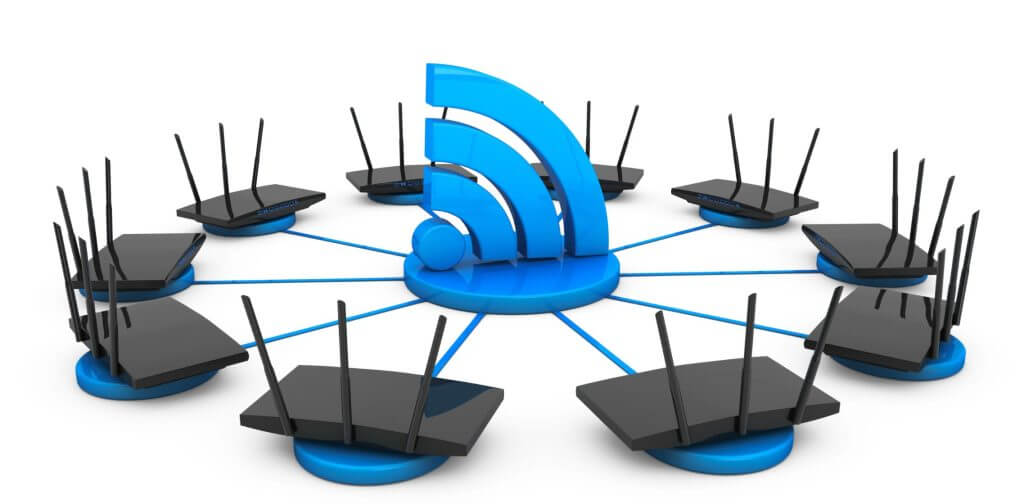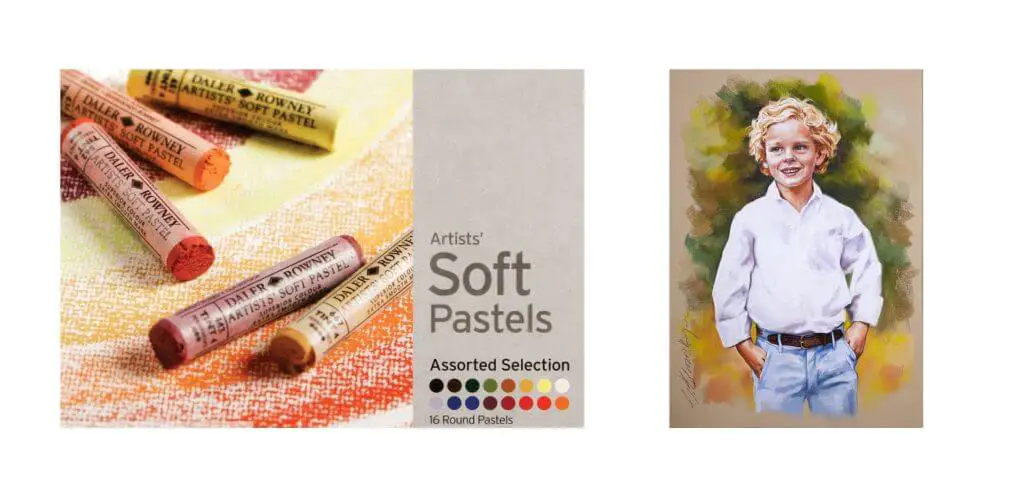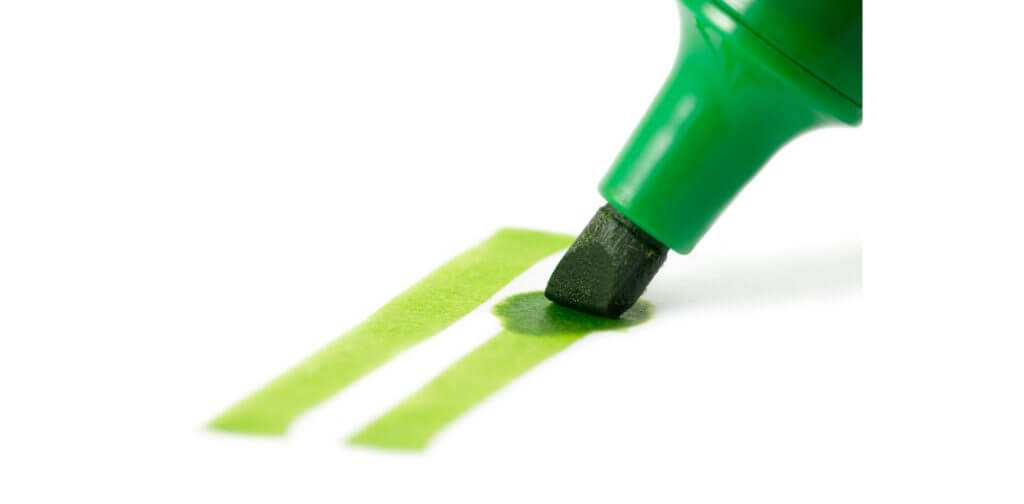Wireless internet is one of the greatest inventions in our technology. The freedom it provides is unbelievable. More or less, everyone has a WiFi connection in their house, and most of them have faced network-related issues in their WiFi connection. Have you ever wondered why this happens? Does lead paint interfere with WiFi?
We know WiFi signals interfere because of long-distance. It is common, and we don’t have any doubt about it. Do you know WiFi signal is electromagnetic radiation? Some specific materials can block this radiation. Wooden board and tinted glass can block this radiation. Lead paints play an essential role in this signal-blocking game.
Table of Contents
What is Lead Paint?
Lead paint is an uncommon name to many people. Acrylic paints, flat, water, and oil-based paints are the most common names. Most of these are safe, whereas some particular brand paints are not safe because they are made with toxic elements.
No brands can provide 100% chemical-free natural paint to the customer. It is almost impossible. That’s not our topic. You need to know about lead paint to get into the deep of this topic.

Generally, we don’t promote lead-based paint because they are harmful. If any household paint contains lead is called lead paint. Before the 1980s, lead was a common paint material. Time is changed. The user wants non-toxic paint. So, reputed brands have started avoiding lead and these toxic ingredients.
You can ask if there were safe options already, then why brands used lead in paints. The answer is easy, to make the paint cheap. Also, it was an affordable and practical choice for customers and manufacturers.
After 1978 USA banned it because of severe health issues. Therefore, it is used in many countries, and many brands make lead paint a cheap, budget-friendly option. By the way, lead colors also generate more profit.
Can Paint Block WiFi?
Certain paints block WiFi signals like “aluminum-iron oxide particles.” If these particles are in your color, you will notice interference in the WiFi signal. Most WiFi technologies operate at 2.4GHz and 5GHz. A paint can block this signal up to 100 GHz.
Metal particles of the same frequency as WiFi. If there is the same frequency signal, the WiFi signal goes down. Metal particles produce the same frequency as WiFi electromagnetic waves and radio waves. Thus, the password is blocked by the pigment during passing.
How does Lead Paint Interfere with WiFi?
Lead paints will block the WiFi signal with metallic or copper particles. Now it depends on the area where you apply paint. Only a few coats of lead paint are not enough to block signals. It needs support. That support lead paints get from any conductive material. What are the conductive materials?
Metal, copper, aluminum, and Di-electrics are conductive materials. Even lead is also a conductive material. Any kind of conductive material easily blocks radio waves and electromagnetic waves. Since the lead has conducting ability, you will notice some interference in the signal.

This is because low-frequency waves, such as radio waves, require thick conductive material to block them. Lead is an ultra-thick conductive material. So, it is efficient for lead paint to block WiFi.
In rear cases, lead is used for shielding because it is not practical. Since it is expensive, copper is used chiefly to provide thick shielding. Conductors work differently. If you consider lead paint a conductor, you are going through the wrong concept. Lead paint cannot block the entire WiFi signal until any conducting material is present.
Can Lead Block Cell Phone Signals?
It is a good question. When we started to tell people how lead blocks WiFi signals, most of them asked about cell phone signals. You can say it was one of the most frequent questions many people ask over online forums.
Cell phone signals are also an example of radio signals. Now tell us that what are leads? They are conductive materials. Any thick conductive material can block radio signals, whether lead, metal, or copper. You may not know that metal is the most common cellular-blocking material in the United States.
Lead is not used highly because it is expensive, whereas copper is cheap and widely available.
Pro Tips: Lead paints are also hazardous for our eyes. You will scare when you know what happens if paint gets in your eyes. So, be careful while using paint.
Can Lead Paints Block 5G Signals?
5G can be considered a game-changer. It can easily withstand anti-EMF paint. If you are a 5G user, you won’t face any hassle if there is any conductive material shield or lead paint on the wall.
But 5G is a new technology. It takes time to develop correctly worldwide. Indeed, it is not available everywhere. When it is known, everybody can enjoy a latency-free internet service.
Which Paint Should I Buy to Prevent WiFi Signal Blocking?
We should use buy anti-emf paint to prevent interference in the WiFi signal. EMR/EMF Shielding Nickel flake is used in these paints. It protects against EMF, RF frequencies, and EMR radiation, including WiFi and 5G. Many brands know that their pain won’t pain you to connect WiFi to your phone; you will buy that paint and prefer it the most.
Most of your neighbors’ homes are filled with gadgets that emit radio frequencies. Why? It is the demand and capability of that paint.
Pro Tip: You can purchase non-chemical, toxic-free acrylic paint from the markets. Though they are available at a high price, you should use them because safety comes first.
The Evolution of Paint Technology for Signal Protection
In the dynamic landscape of technology, innovations have not spared the realm of paint. Traditional paints, like those containing lead, were not engineered with the consideration of electromagnetic interference. As our reliance on wireless signals has surged, so has the demand for paint solutions that can shield these signals effectively.
New Age Paint Solutions: Today, modern consumers are inclined towards paints designed explicitly to combat signal interference. Anti-EMF (Electromagnetic Field) paints, a revolutionary development, contain advanced materials like Nickel flake that actively shield against EMF, RF frequencies, and EMR radiation. These paints not only serve as protective coatings for WiFi signals but also extend their efficacy to the emerging 5G technology.
Understanding the Mechanics: To comprehend how these paints work, it’s essential to delve into the science behind electromagnetic waves. Traditional lead-based paints blocked signals primarily through their conductive properties. In contrast, contemporary anti-EMF paints leverage sophisticated materials that resonate with the frequencies of WiFi and other electromagnetic signals, effectively redirecting or absorbing them.
Practical Considerations: Choosing the right paint for signal protection involves a careful evaluation of factors like the type of signals present, the intended application, and environmental considerations. While lead-based paints might have been an unwitting choice in the past, today’s consumers can make informed decisions to ensure the longevity and reliability of their wireless networks.
Beyond Signal Protection: The narrative extends beyond mere signal protection. As technology evolves, so does our understanding of the impact of materials on our environment and health. The gradual phasing out of lead-based paints signals a broader shift toward eco-friendly and health-conscious alternatives. Consumers are now empowered not only to secure their WiFi signals but also to contribute to a safer and sustainable living environment.
FAQs
Does lead paint interfere with WiFi signals?
Lead paint, containing metallic or copper particles, can disrupt WiFi signals. However, it requires additional support from conductive materials to be effective.
Can lead paint block cell phone signals?
Yes, lead paint, being a conductive material, can block cell phone signals. However, it’s not commonly used for this purpose due to cost, with copper being a more affordable alternative.
Can lead paints block 5G signals?
Lead paints may offer some interference against 5G signals, but 5G technology is designed to withstand such obstacles. The impact of lead paint on 5G signals is minimal compared to older technologies.
Which paint should I use to prevent WiFi signal blocking?
To prevent WiFi signal interference, consider using anti-EMF paint with EMR/EMF shielding, typically containing materials like Nickel flake. These paints protect against electromagnetic radiation, including WiFi and 5G signals.
Final Verdict
The lead paint is not only responsible for interfering with WiFi signals. Lead paints don’t have many conductive particles to block electromagnetic and radio wave signals. If your WiFi signal occasionally disturbs, copper or something made of aluminum is interfering.
By the way, do you hear the name of the WiFi booster? It can reduce the latency and increase the signal strength of WiFi.
Lead paints are the least used paint. You can check some highly used paints like arm-r-seal satin vs. semi-gloss. Arm-R-Seal paints are safe and toxin-free.
For more than 15 years, I’ve been immersed in the world of painting, and I’ve created this website to share my passion and knowledge with fellow art enthusiasts. My artistic journey has led me through various mediums, techniques, and styles, always pushing the boundaries of expression. I invite you to explore the captivating realm of art with me – a journey of creativity, self-expression, and the endless possibilities that painting offers.
Feel free to reach out to me via email at leanna.ange@gmail.com. Whether you have questions, want to share your own artistic experiences, or simply connect, I’m here to engage in the wonderful dialogue that art inspires. Looking forward to hearing from you!






